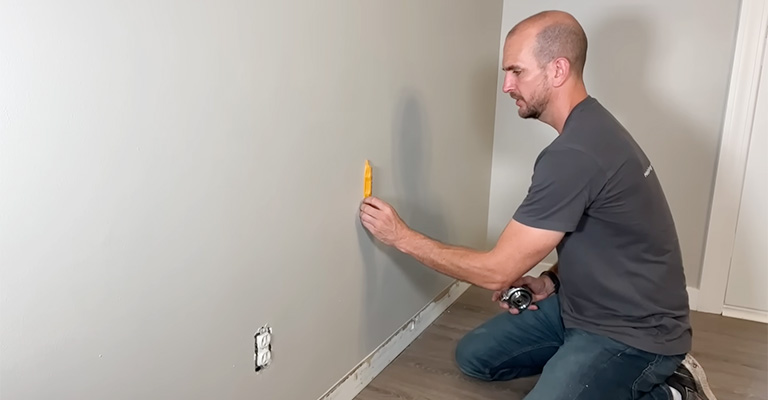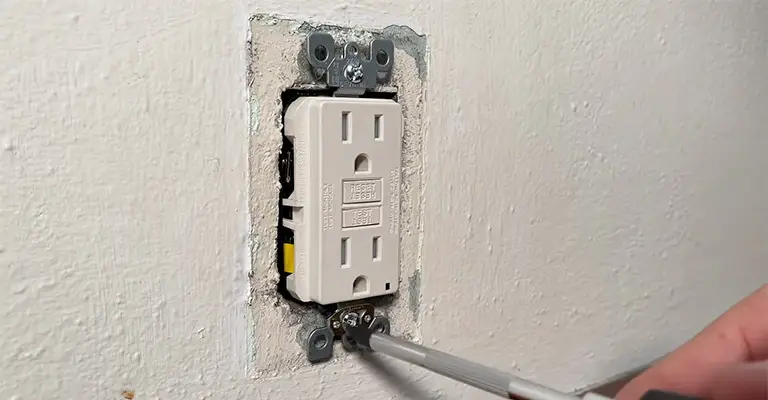Pros and Cons of Virtual Staging
The technique of virtual staging has become a potent weapon in the ever-changing real estate market, with benefits and cons for real estate agents. A digital take on traditional house staging, virtual staging makes use of computer-generated imagery to improve a property’s aesthetic appeal. This method has advantages and disadvantages of its own, influencing how real estate is shown and understood. In this article, we will examine the benefits and drawbacks of virtual staging, highlighting how this novel approach has the potential to revolutionize the real estate industry while also taking into account certain possible risks.
Pros of Virtual Staging
Elevating Visual Appeal: Creating Stunning Imagery
Potential customers might be immediately drawn in by creating aesthetically striking scenarios using virtual staging software. Through the use of cutting-edge digital technology, this method turns unfurnished areas into beautifully decorated homes. A property’s greatest characteristics may be highlighted with well-placed furniture, décor, and lighting, creating a homey, livable atmosphere that appeals to potential purchasers. This improvement in aesthetic appeal lets prospective purchasers see the space’s full potential in addition to drawing attention to it.
Cost-Efficiency: A Budget-Friendly Staging Alternative
Conventional staging may be an expensive undertaking, requiring payments for the rental of furniture, the hiring of coordinators, and other related costs. As an alternative, virtual staging provides an affordable option that greatly lessens these financial requirements. Virtual staging does away with the necessity for real furniture and the related costs thanks to the ability of digital editing. A wider range of listings may now affordably sell their properties thanks to this cost-effective substitute, which enables real estate agents to deploy resources more effectively.
Flexibility and Customization: Tailoring Spaces to Perfection
Virtual staging offers unmatched flexibility and customization, which is one of its main benefits. Experts in real estate might try out different furniture configurations, design patterns, and color palettes to determine what works best for a certain home. Because of its flexibility, virtual staging can accommodate a wide range of preferences, which makes it a useful tool for promoting various kinds of properties. Perfectly customized areas appeal to a broad range of prospective purchasers, increasing a property’s overall marketability.
Faster Turnaround: Accelerating the Sales Process
Time is frequently of importance in the hectic business of real estate. A shorter period from listing to sale is made possible by the streamlining of the staging procedure through virtual staging. Virtual staging may be completed quickly, in contrast to traditional staging, which may take a considerable amount of time for furniture picking, delivery, and setup. This expedited schedule minimizes the amount of time the property is on the market, which is advantageous to both sellers and real estate agents. Virtual staging’s quicker turnaround time helps to improve the efficiency of the sales process, resulting in faster transactions and a lower chance of prolonged property listings.
Cons of Virtual Staging
Deceptive Realism: Managing Buyer Expectations
Managing buyer expectations can be a difficulty when using virtual staging. Although virtual staging can produce aesthetically beautiful depictions of a house, there is a chance that the digital improvements will not correspond to the real property in every way. If not managed appropriately, this discrepancy may cause dissatisfaction and disappointment in prospective customers who anticipated that the virtual representation would be quite accurate. It takes talent for real estate agents to handle this part, making sure that the marketing process is transparent in order to build confidence and properly manage buyer expectations.
Limited Tangibility: The Challenge of Physical Interaction
Virtual staging has a limited tangibility, in contrast to traditional staging, when prospective purchasers may engage with the created setting in person. It might be difficult for buyers to determine the space’s true dimensions, feel, and texture, which could cause a gap between the online image and the in-person encounter. To overcome this constraint and make up for the absence of in-person connection, more work must be put into providing thorough property descriptions, excellent images, and, if possible, virtual tours.
Potential Misrepresentation: Balancing Reality and Enhancement
Although the goal of virtual staging is to improve a property’s aesthetic appeal, augmentation and misrepresentation might differ somewhat. Those who make extensive digital upgrades or adjustments that greatly differ from the property’s true state may face charges of misrepresenting the property. Real estate agents have a difficult time striking a balance between their moral obligation to offer a property honestly and their motivation to display a property in the best possible light. Achieving this equilibrium guarantees that virtual staging will continue to be an effective marketing tool without jeopardizing the confidence that buyers, sellers, and real estate agents have in each other.
Final Thoughts
In conclusion, virtual staging has several interesting benefits, including increased visual appeal, flexibility, cost-effectiveness, and speedier sales processes. But there are drawbacks as well, such as having to manage consumer expectations, being less tangible, maybe being misrepresented, and requiring technical expertise. To fully realize the potential of virtual staging in real estate marketing while upholding openness and authenticity, it is imperative to strike a balance between these benefits and drawbacks. Navigating these issues will be crucial for a successful and moral integration of virtual staging methods as the industry embraces digital innovation.






